One thing I love about my Recollections dresses is the deep pockets hidden in the pleats and folds. They are absolutely perfect for carrying my iPhone and lipstick. The pockets are one of the subtle modern conveniences that make Recollections so great. While they are great examples of 19th-century clothing, in truth, dresses from that time didn’t include pockets. Instead, they were tied around the waist between the dress and petticoat.
Let’s take a look at tie-on pockets and other ways that women carried their trinkets in the 19th century.
Who invented the pocket?
I don’t think anyone knows who invented the pocket, as its origins go back thousands of years. Ancient depictions of people from various backgrounds show them wearing pouches around their waists to carry personal items. These same types of pouches appear to have become fashion accessories in the 15th or 16th centuries, especially in men’s clothing, where they were worn on the outside of clothing. Women, on the other hand, began to wear tie-on pockets underneath clothing around this same time, likely as a result of various aspects of modernization that both provided them with more good and with reasons to spend more time away from home.
Tie-on pockets were accessible through slits made in the skirt of the dress. They were often highly ornate, as with many parts of a woman’s wardrobe that were only for her to see.
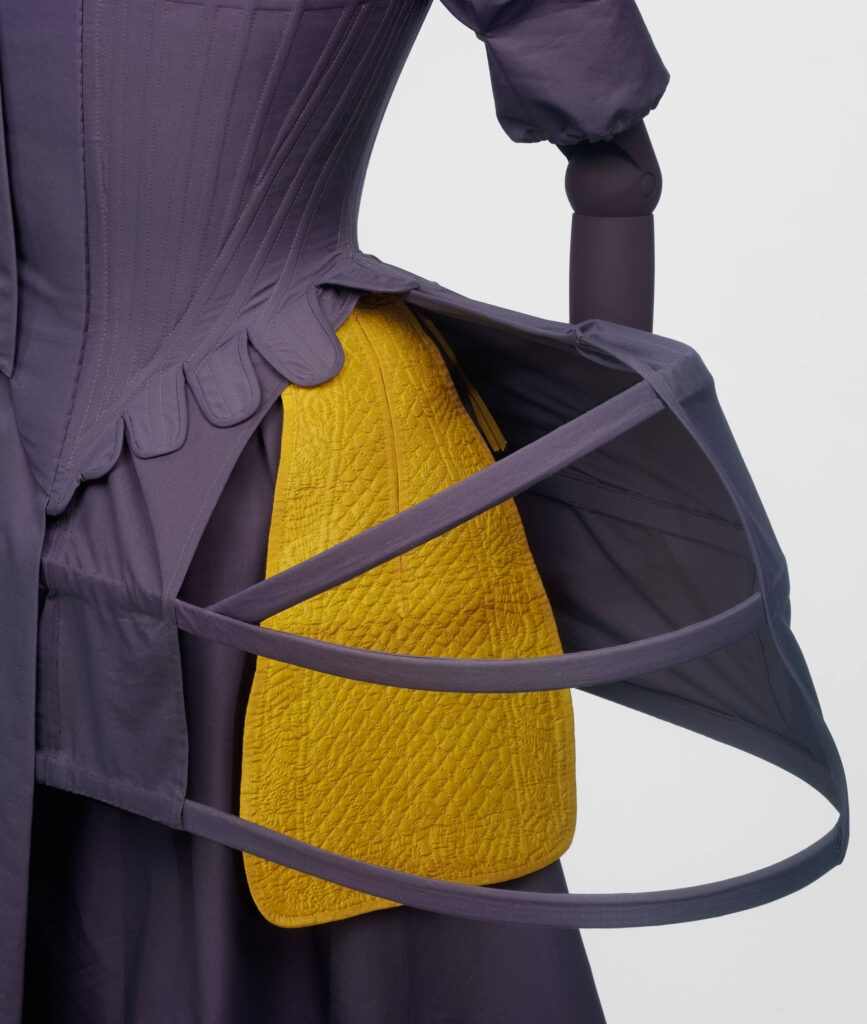
Below are some examples.
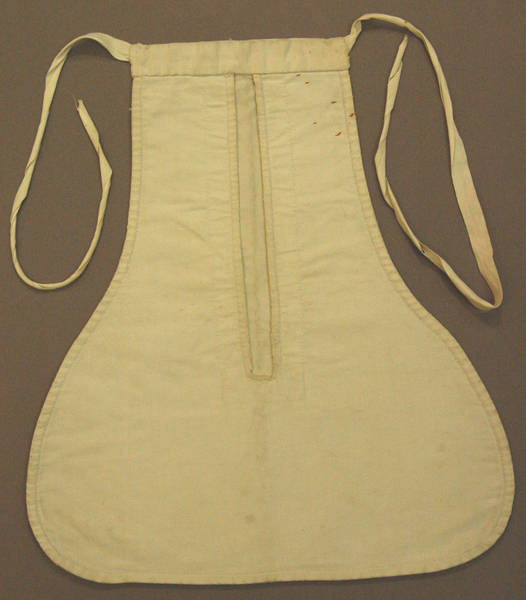
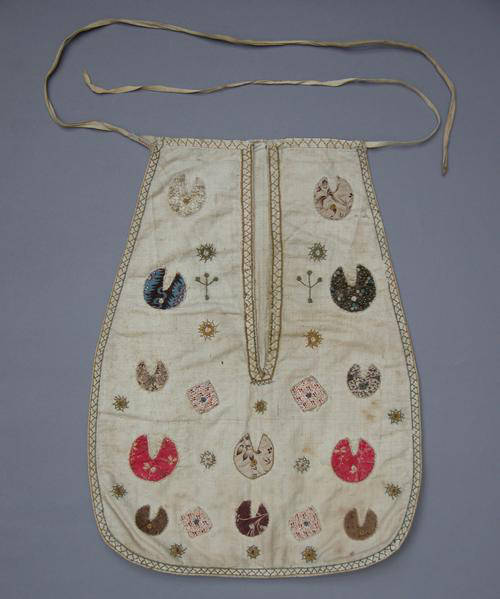
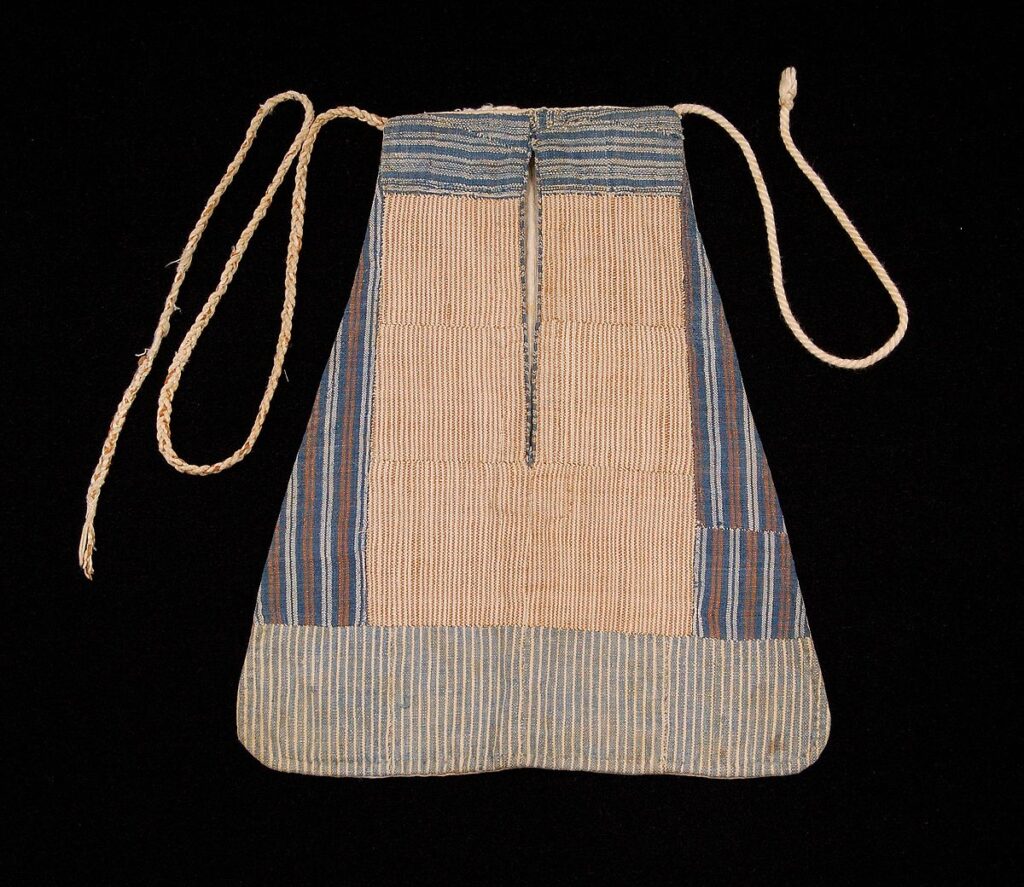
Several sources state that men’s pockets started to be sewn into men’s pants in the 17th century. Pockets wouldn’t become a standard part of much of women’s clothing until trousers became socially acceptable in the late 1920s and 1930s. Why do you think it took so long?
Exceptions to the rule
One thing I really enjoy about the history of tie-on pockets is how little they changed over time. From the 1700s to the end of the 1900s they looked relatively the same, and though I can often pinpoint the decade a dress was made, I wasn’t able to do that in my research on pockets.
There are two instances in the 18th and 19th centuries when tie-on pockets all but disappeared. I thought it might be fun to take a look.
Regency reticules
At the beginning of the 19th century, full skirts were the style, though they would veer closer and closer to the hips and legs after the first decade. We have covered the transition in some fun posts on Regency fashion:
Let’s talk about Regency fashion!
Want a Regency-inspired fall? Try a Spencer jacket.
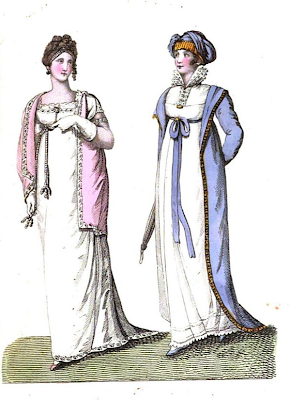
Because skirts were cut so close to the hips and made of such sheer fabric, tie-on pockets would have been easily visible from the outside. With this change came the emergence of reticules. Interestingly, reticules would stick around even when tie-on pockets became the norm again. Victorian women loved their knickknacks!
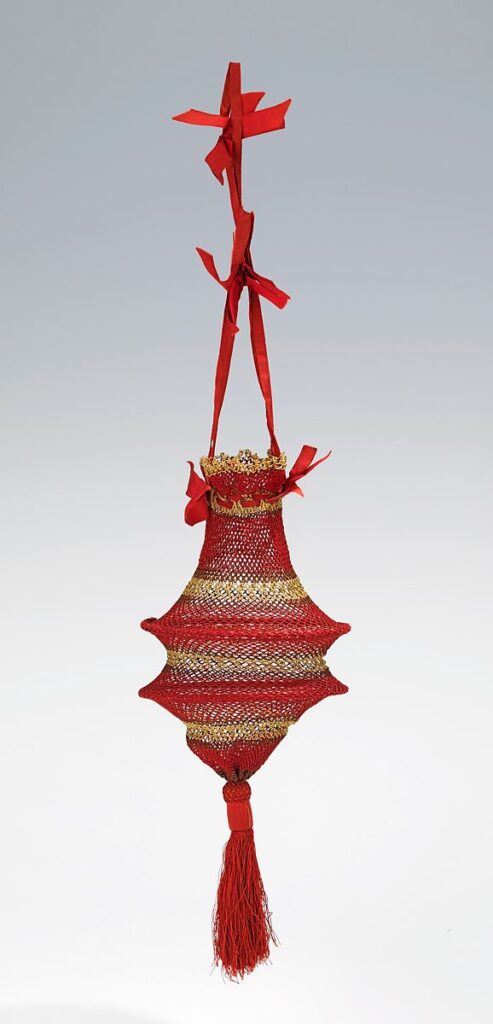
Learn more: What’s in your reticule?
The bustle era: pockets be gone
The next time we see women’s skirts hugging the hips is the bustle era. Whereas we saw skirts expanding to epic proportions in the decades leading up to the trend, the 1870s found expansion at the back of the skirt rather than the sides. The front and sides of bustle-era skirts were straight and flat, sometimes creating a long A-line. Some of these skirts were particularly tight, particularly eveningwear.
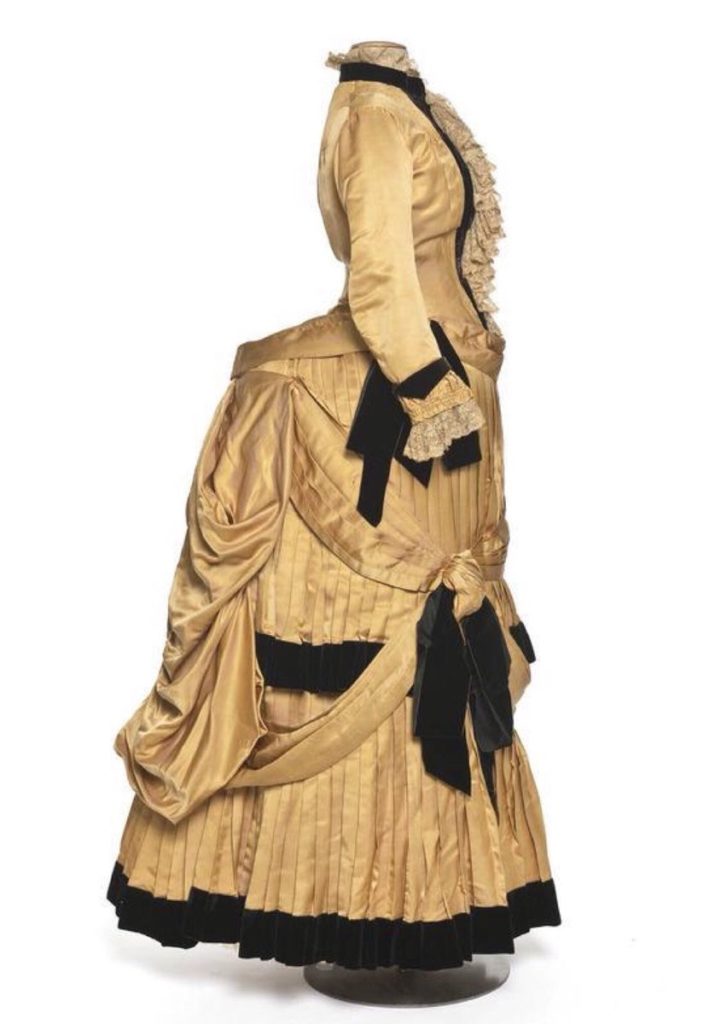
Bustle-era skirts were also highly embellished. I have seen examples of pockets being sewn on the outside of skirts, but given the sensibility of Victorian women and their preference for privacy, I don’t believe they were the primary mode of on-body storage. Instead, reticules made a comeback, with handbags following.
What did women keep in their pockets?
So, considering the obvious necessity for women to carry items around with them, many people want to know what these items were. The content of women’s pockets during this time period has become a focus of considerable research as it gives a look inside female culture that can only be found by glimpsing into their private lives.
I have pulled two great articles on the topic:
Women’s Tie-On Pockets by Victoria & Albert Museum
Of course, what a woman carried in her pockets would vary according to social class. Between the two articles I have pulled the following list of what some of the items may have been:
Keys
Lockboxes
Cash
Pin cushions
Watches
Portraits
Nutmeg grinders (the topic of an upcoming post!)
Thimbles
Snuff boxes
Letter seals
Toothpick holders
Combs
Pencils
Pocketbooks
Notepads
Letters
Gloves
Handkerchiefs
Sewing supplies
More great examples of tie-on pockets
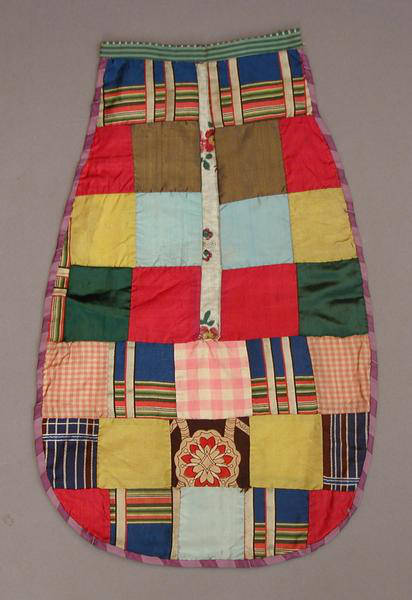
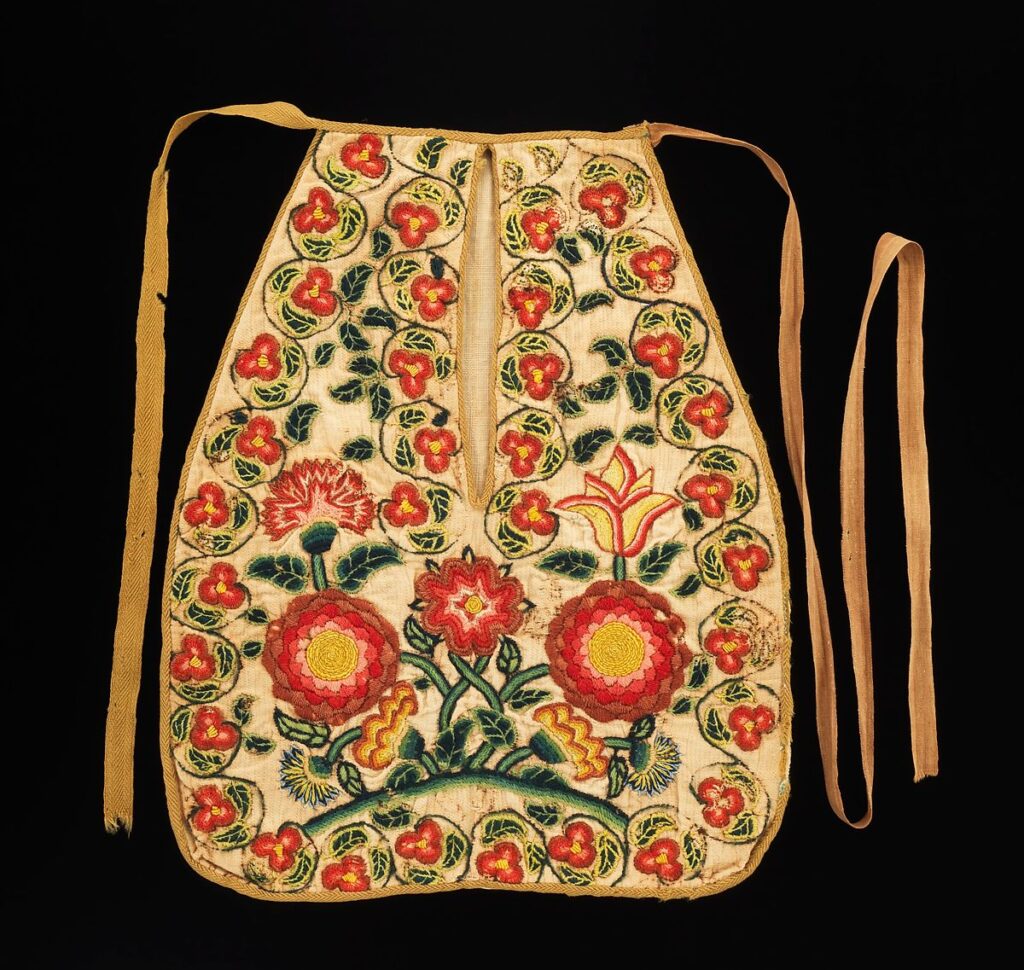
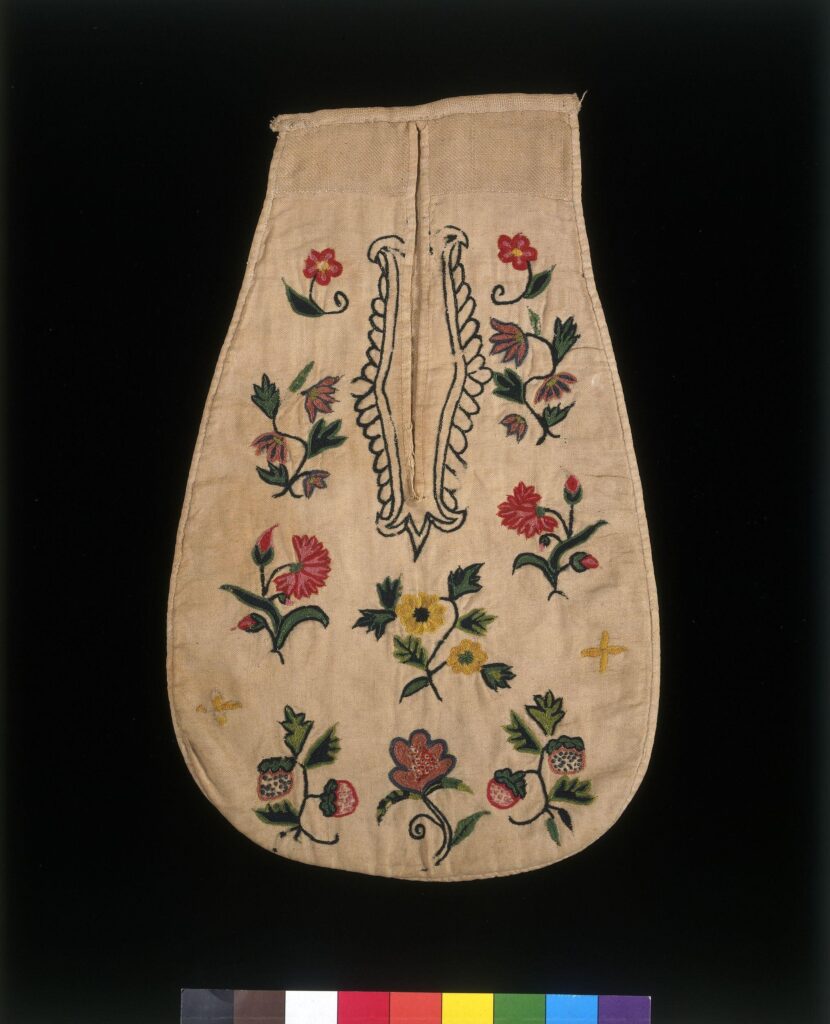
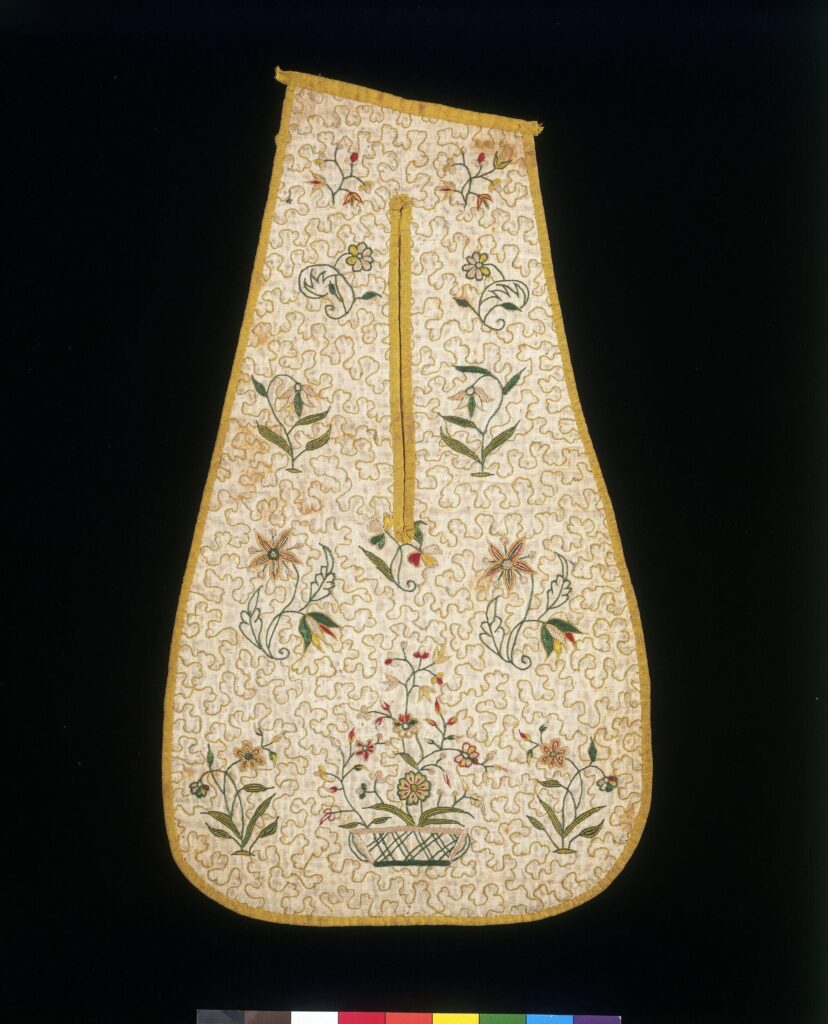
Love accessories from the past? You may also enjoy:
A short history of the hand muff, one of history’s cutest accessories
Pioneer Clothing: Accessories Women Wore on the Frontier\

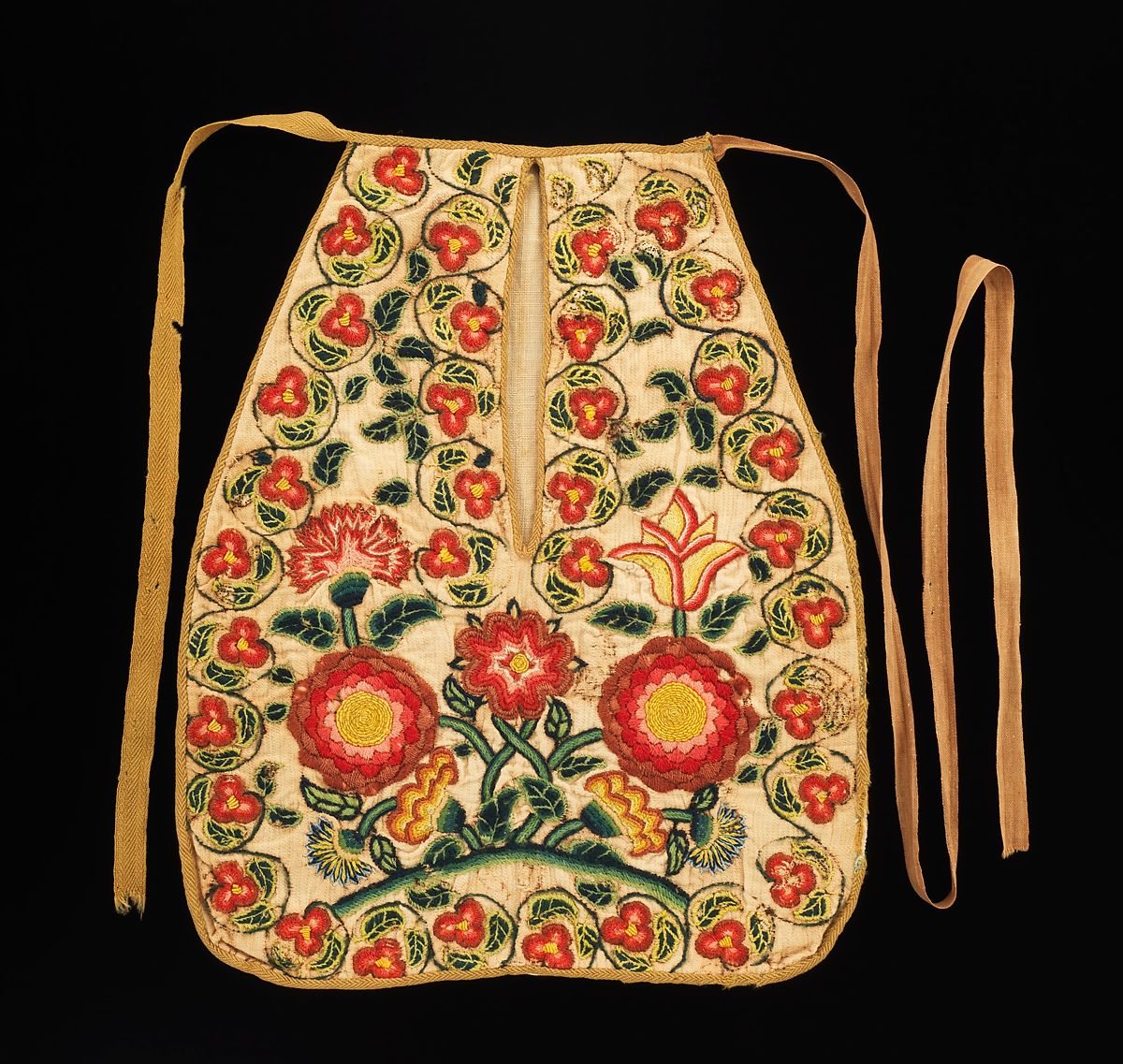
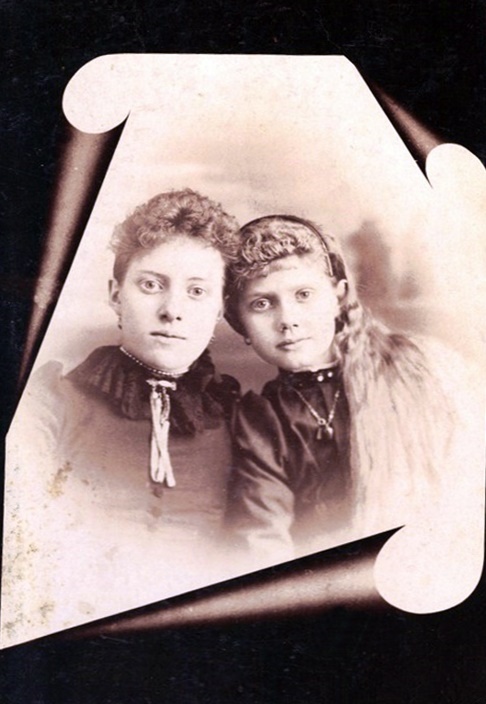
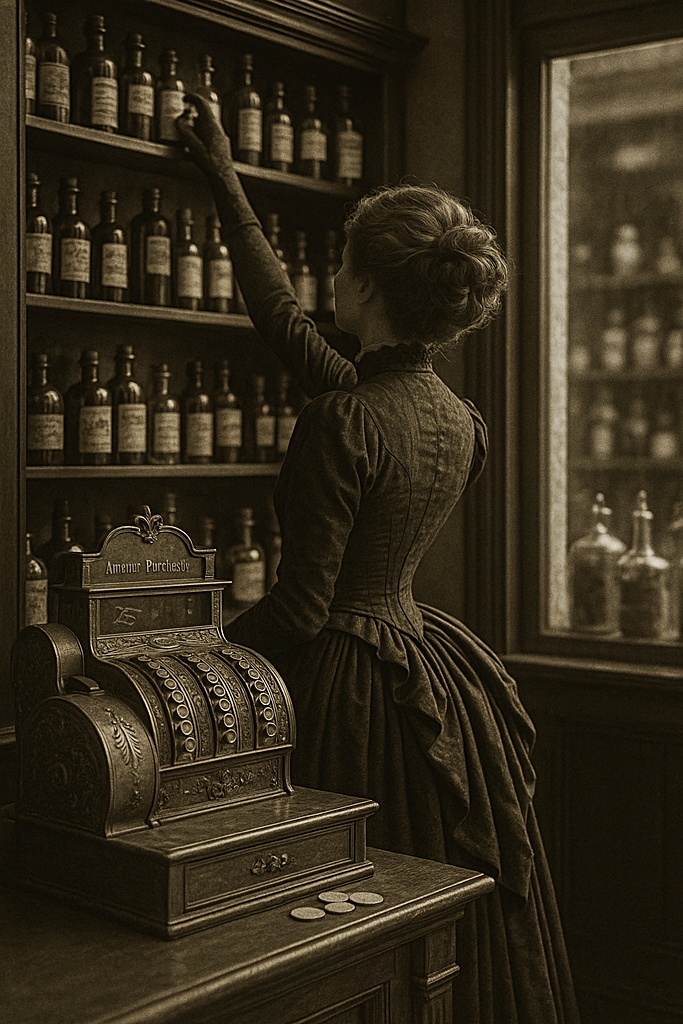
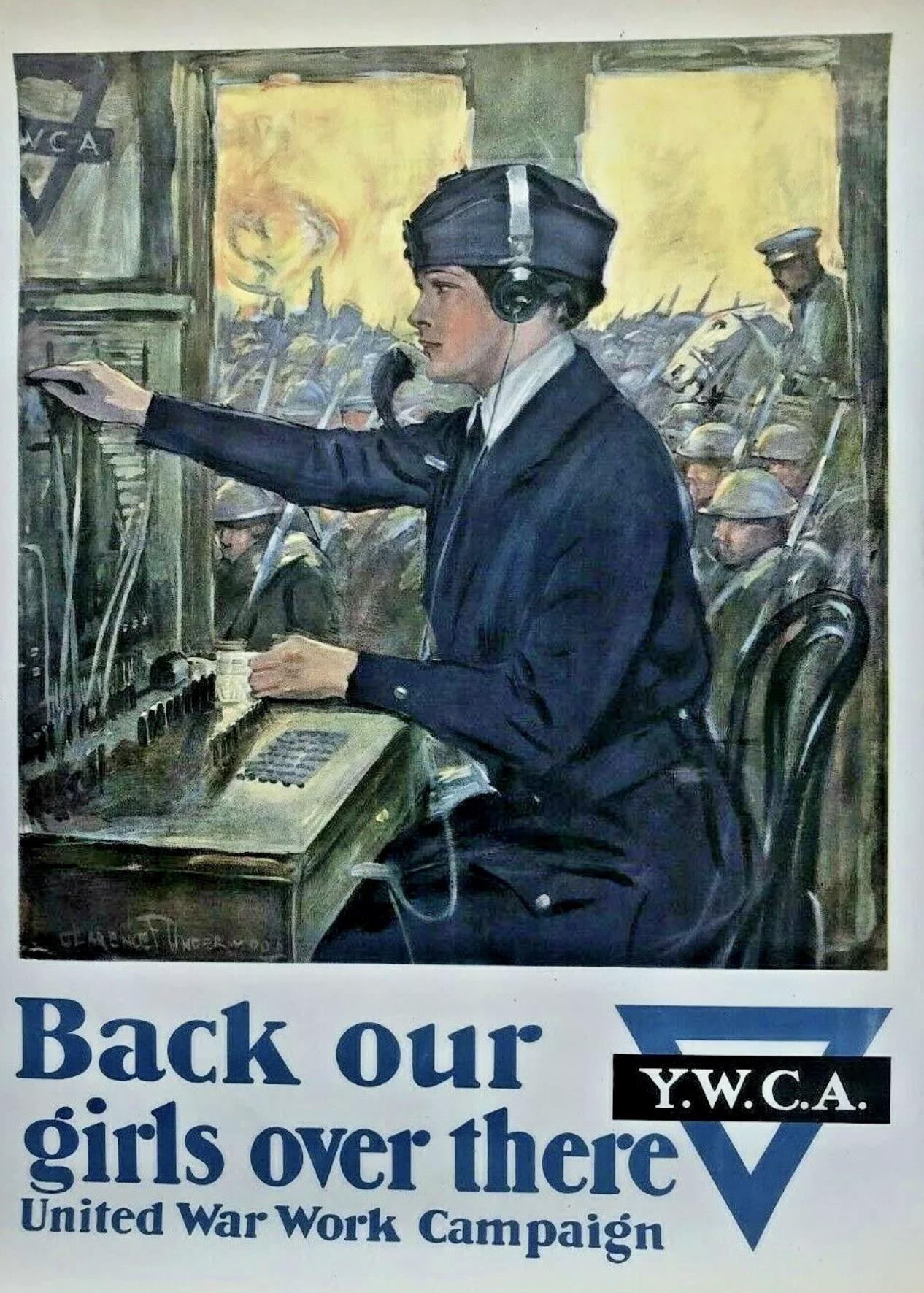









Leave A Comment